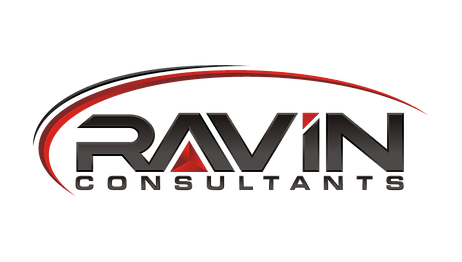The 340B Drug Pricing Program, heralded for its potential to stretch federal dollars and improve patient care, is a collaboration between various stakeholders. Among them, drug manufacturers play a significant role. However, the relationship between manufacturers and covered entities isn’t without its challenges , particularly when it comes to manufacturer 340b restrictions. Understanding and navigating these restrictions is essential for the smooth operation of the program.
Understanding Manufacturer Restrictions
Manufacturer restrictions refer to limitations or conditions set by drug manufacturers concerning the provision of 340B-priced drugs. These restrictions can range from limiting the quantity of drugs available at the discounted price to more intricate policies related to distribution.
Why Do Manufacturer Restrictions in the 340B Program Exist?
Several reasons underpin manufacturer restrictions:
- Financial Considerations: Manufacturers may aim to control the financial impact of the 340B program on their revenues.
- Drug Shortages: In cases of limited drug availability, manufacturers might prioritize certain markets or limit quantities to ensure broader distribution.
- Concerns about Diversion or Duplicate Discounts: Manufacturers may implement restrictions to prevent situations where 340B drugs are diverted to ineligible patients or where duplicate discounts occur.
Challenges Posed by Manufacturer Restrictions
Manufacturer Restrictions can result in some obstacles:
- Operational Hurdles: Frequent changes or unpredictability in manufacturer policies can create operational challenges for covered entities and their pharmacies.
- Financial Impact: Restrictions can limit the financial benefits derived from the 340B program, potentially affecting patient care and services.
- Access to Medications: In extreme cases, restrictions can impede patient access to crucial medications, particularly if alternative drug sources are not available.
Strategies to Navigate Manufacturer Restrictions
- Stay Informed: Regularly monitor manufacturer communications, updates, and policy changes. Being proactive can help covered entities anticipate and adapt to restrictions.
- Open Dialogue: Foster open communication with manufacturers. Understanding their concerns and establishing a dialogue can lead to mutually beneficial solutions.
- Inventory Management: Efficient inventory management can help mitigate the impact of restrictions. Consider strategies like buffer stock, alternate sourcing, or collaborating with other covered entities.
- Leverage 340B Expertise: Engage with 340B consultants or third-party administrators who can provide insights, strategies, and tools to navigate manufacturer restrictions.
- Data Analysis: Run frequent reports that you can use to understand the impact of specific manufacturer restrictions on your program. This type of information allows you to make the best decisions for your program regarding choosing to report claims level data or not.
- Advocacy: Join or support advocacy groups that represent the interests of 340B covered entities. Collective representation can influence policy decisions and provide a platform to address manufacturer restriction challenges.
Conclusion
While manufacturer restrictions in the 340B program can pose challenges, they are not insurmountable. By understanding the underlying reasons for these restrictions, staying informed, and employing strategic measures, covered entities can continue to maximize the benefits of the 340B program for their patients and communities. Need assistance navigating? Ravin Consultants can help. Book a consultation now to learn more.

